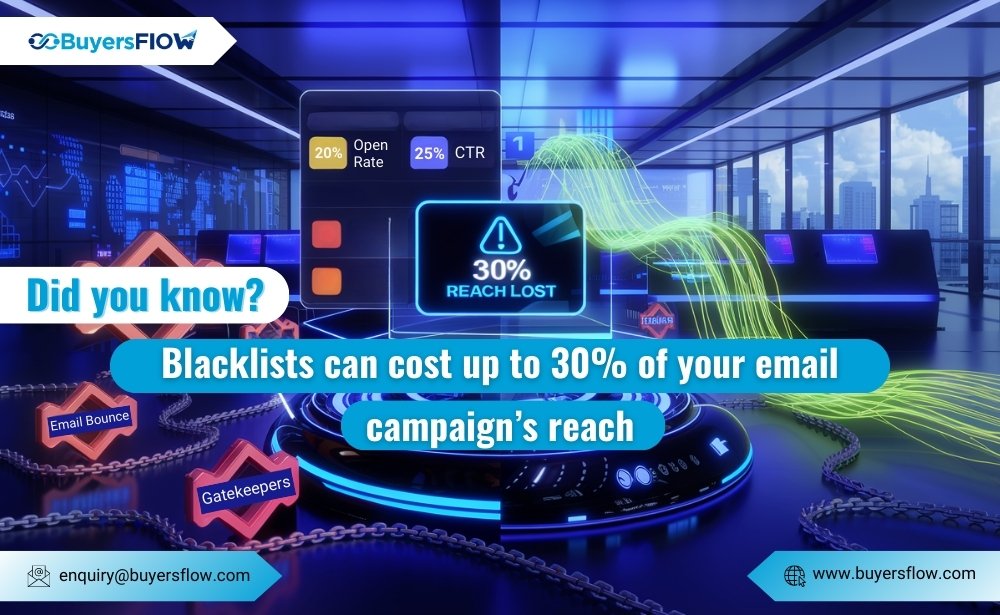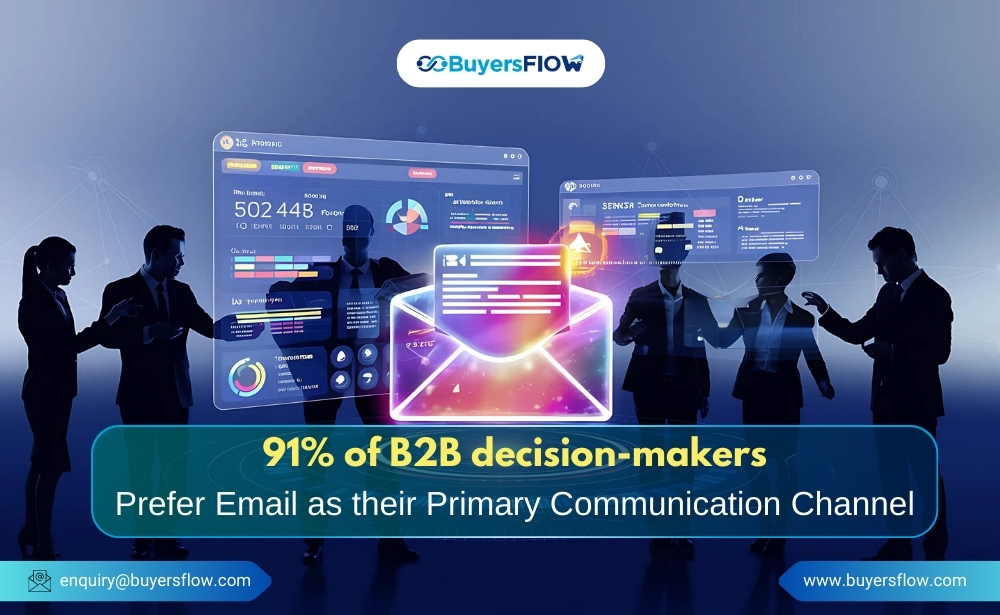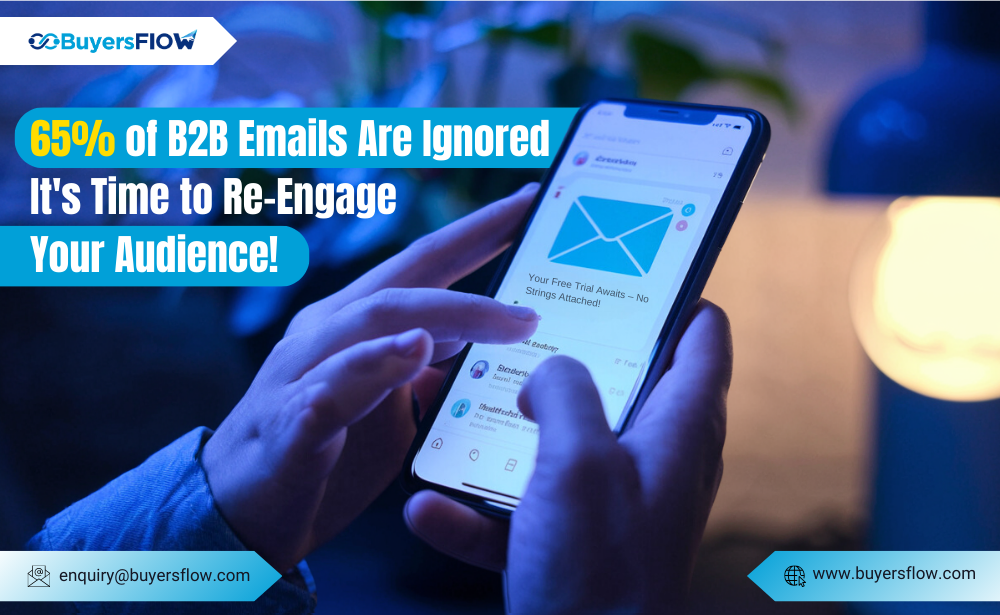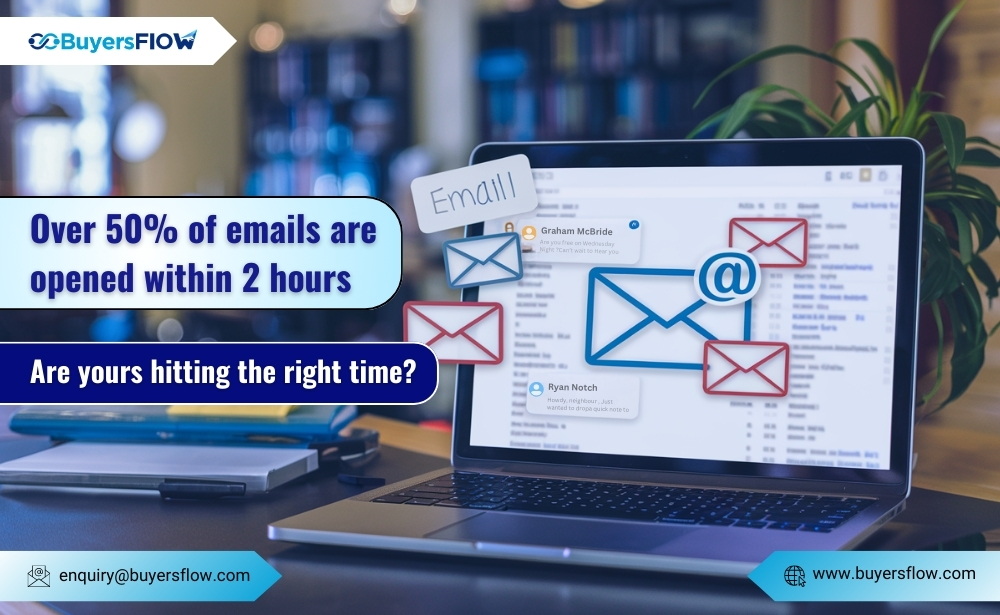Email deliverability is the cornerstone of successful email marketing campaigns. It determines whether your emails reach the intended inboxes or get blocked by spam filters and email gatekeepers. Challenges like blacklists, bounce rates, and gatekeepers’ filtering mechanisms often hinder even the most strategic campaigns. To overcome these obstacles, it’s crucial to adopt a scientific and structured approach to email deliverability.
This blog delves into the role of email gatekeepers, their impact on your campaigns, and actionable tactics to ensure your emails make it to the right inbox.
How Gatekeepers Affect Email Deliverability
Email gatekeepers, including spam filters and email service providers (ESPs), act as the first line of defense between your email and your recipient’s inbox. Their primary goal is to protect users from spam, phishing, and malicious emails.
Key Components of Email Gatekeepers
- Spam Filters:
These use algorithms to analyze your email’s content, structure, and metadata. Any deviation from best practices may result in the email being flagged as spam. - DNS and Authentication Protocols:
- SPF (Sender Policy Framework): Verifies that emails are sent from authorized servers.
- DKIM (Domain Keys Identified Mail): Ensures the authenticity of email content.
- DMARC (Domain-Based Message Authentication, Reporting, and Conformance): Aligns SPF and DKIM policies to prevent spoofing.
- Impact on Sender Reputation:
Gatekeepers monitor your sender’s reputation, which depends on metrics like bounce rates, spam complaints, and engagement levels. A poor reputation can lead to blocked emails or reduced inbox placement.
Understanding these mechanisms is the first step toward improving your email deliverability.
Strategies to Bypass Gatekeepers
Getting past email gatekeepers requires a combination of technical compliance and strategic content creation.
1. Authentication Techniques
Implementing robust authentication protocols builds trust with ESPs:
- SPF: Ensure your server’s IP is listed in your domain’s SPF record.
- DKIM: Add a cryptographic signature to your emails to prove they’re unaltered.
- DMARC: Establish a policy to handle unauthorized emails from your domain.
These measures not only boost deliverability but also protect your domain from spoofing and phishing attacks.
2. AI for Crafting Subject Lines and Content
Email gatekeepers scrutinize subject lines and body content for spam triggers. Well-crafted content reduces the likelihood of being flagged as spam and improves engagement rates. You can leverage AI tools to create compelling and compliant messages:
- Avoid spammy phrases like “Buy Now” or excessive exclamation marks.
- Personalize emails to resonate with recipients while maintaining a professional tone.
- Use concise subject lines that clearly reflect the content of the email.
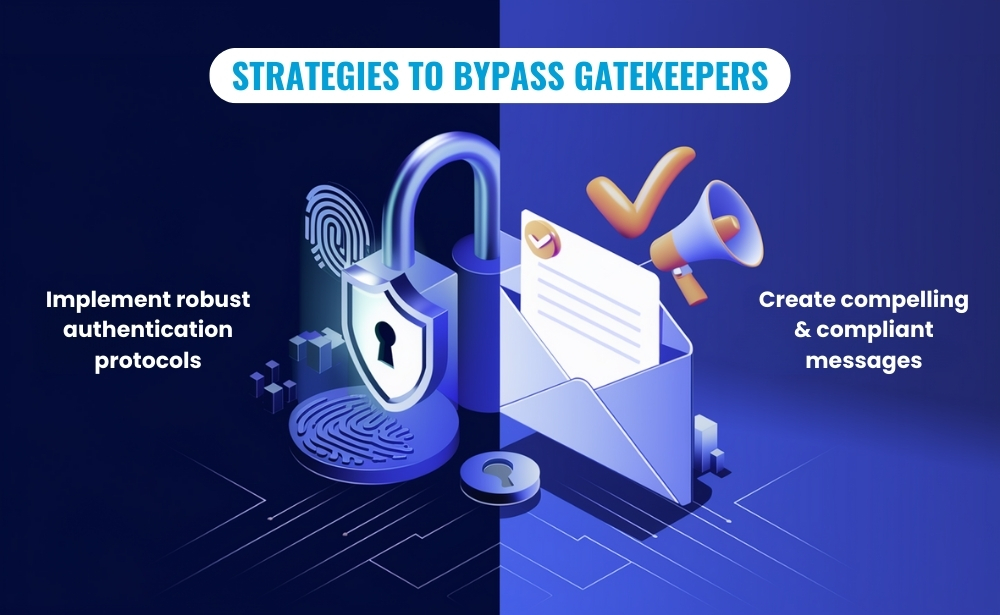
Monitoring and Managing Blacklists
Getting blacklisted can be detrimental to your email campaigns. It significantly impacts your sender’s reputation and deliverability rates.
1. Identifying Blacklisting Issues
Regularly monitor email blacklists using advanced AI-driven email marketing tools like BuyersFlow. These tools help identify whether your domain or IP address has been flagged by any major blacklist providers.
2. Steps to Delist Your Domain/IP
- Identify the root cause (e.g., spam complaints or unverified email lists).
- Contact the blacklist provider with a resolution plan.
- Implement corrective measures, such as improving email content and verifying your subscriber list.
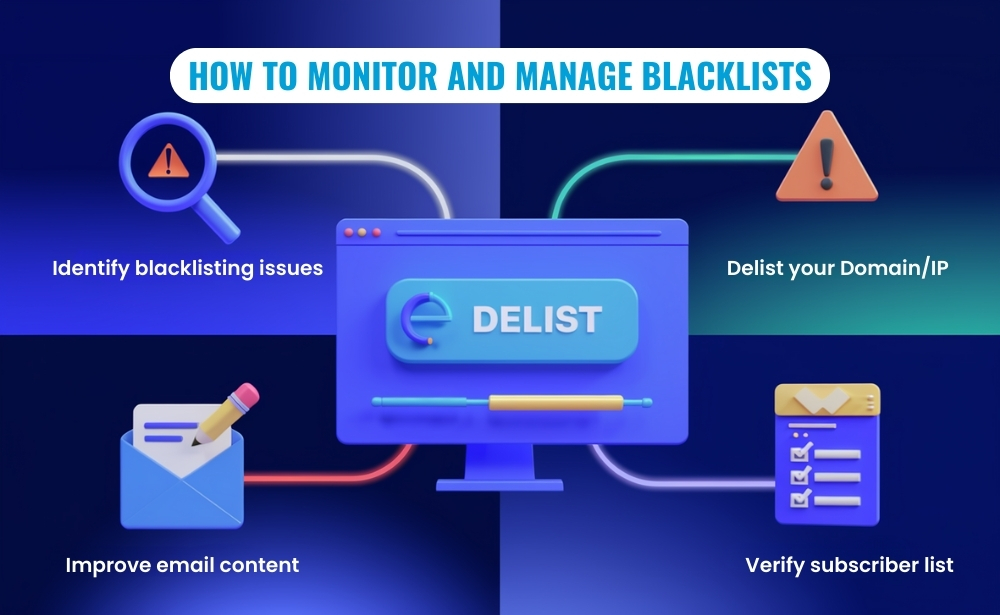
Reducing Bounce Rates for Better Deliverability
Bounce rates directly affect your sender’s reputation and, consequently, your email deliverability. High bounce rates indicate that your list contains invalid or inactive email addresses.
1. Importance of List Hygiene
Tips to maintain a clean email list:
- Remove invalid, duplicate, or inactive addresses regularly.
- Segment lists based on engagement to target active recipients effectively.
2. Using Email Verification Tools
Verification tools like BuyersFlow can validate email addresses before sending campaigns. This reduces bounce rates and ensures higher deliverability rates.
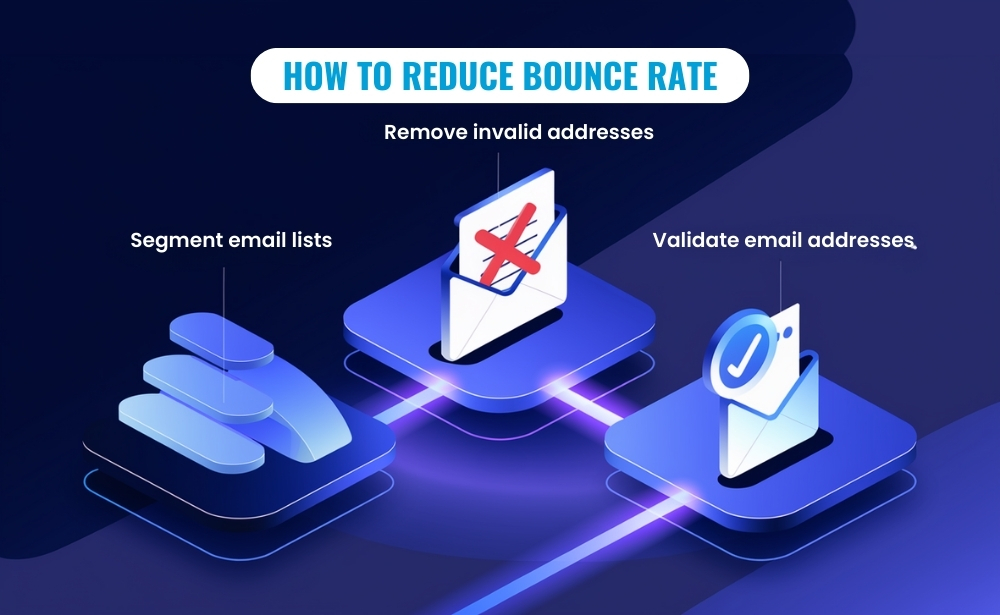
Conclusion
Email deliverability is more than just sending emails—it’s about ensuring they reach the right inbox. By understanding how gatekeepers work, implementing robust authentication protocols, monitoring blacklists, and reducing bounce rates, businesses can overcome the challenges of email deliverability. A proactive and systematic approach ensures higher engagement and fewer disruptions in your campaigns.
Ready to streamline your email processes and tackle deliverability challenges effectively? Visit BuyersFlow to learn more.
